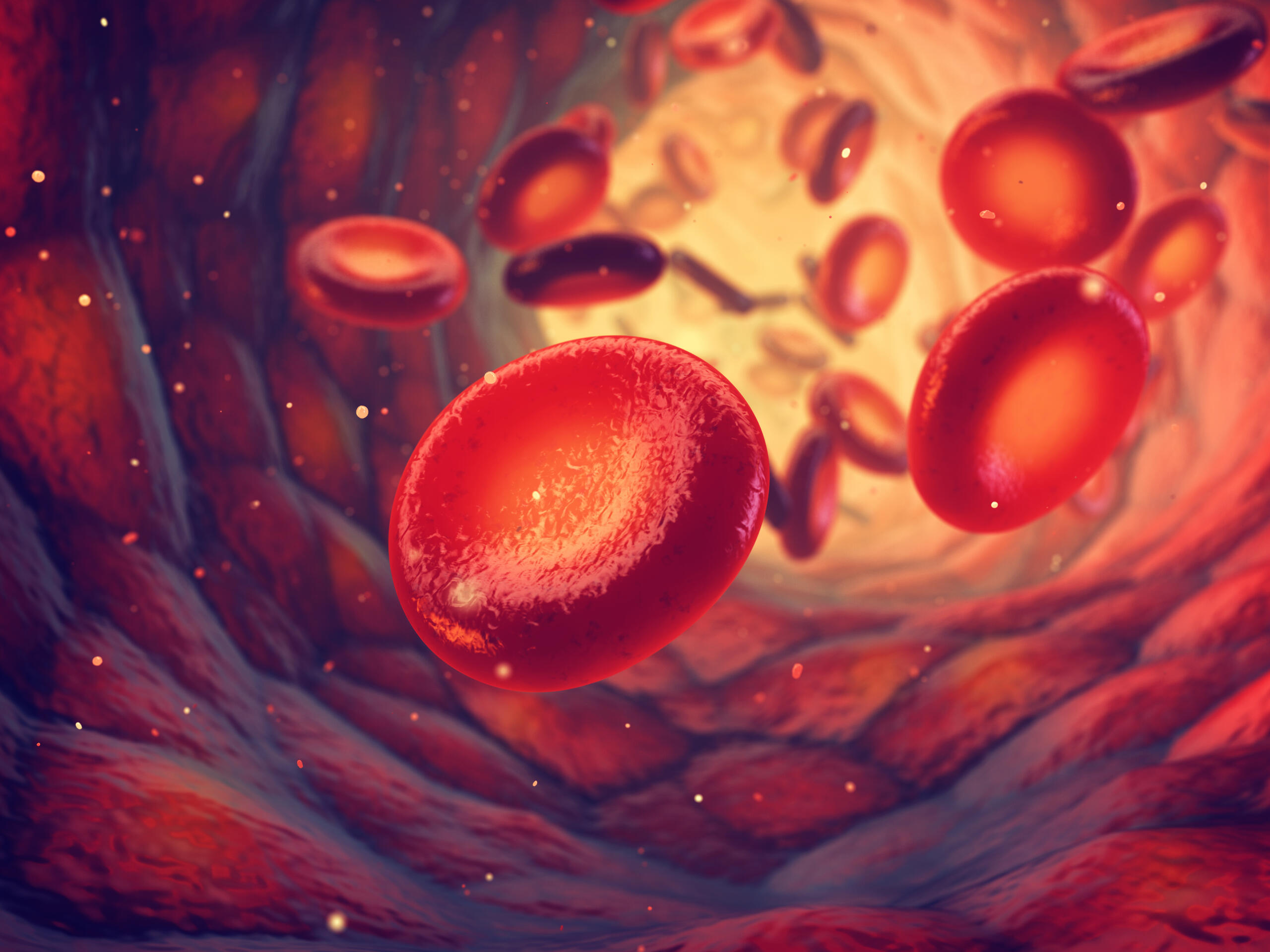Don’t know much about hemophilia? You aren’t alone. This serious health condition isn’t very common; in fact, it’s pretty rare. Only 30,000 to 33,000 people are currently living with hemophilia in the U.S., making it far less common than other ailments. But hemophilia, when left unchecked and untreated, can pose serious health risks. It can also be quite a frightening condition to experience, especially if you don’t realize you have it. If you don’t know much about hemophilia, search online to learn what this health condition looks and feels like.
Hemophilia might be rare, but it is a condition that can develop later in life. That means it’s important to be aware of signs and symptoms of hemophilia. Even if you aren’t currently living with hemophilia, it could make an appearance unexpectedly later on. Search online to learn more about hemophilia, its symptoms, and how it’s treated.
What is Hemophilia?
Hemophilia is a bleeding disorder that affects the ways your blood clots. When you have hemophilia, your blood can’t properly clot – and that can lead to spontaneous bleeding. This can also lead to excessive bleeding after an injury or a surgery.
Typically, blood contains proteins called clotting factors that help stop bleeding naturally. If you have hemophilia, you may not have as many clotting factors present in your bloodstream. It’s common for those with hemophilia to have low levels of factor VIII or factor IX, two specific clothing factors. This makes it more difficult for you to stop bleeding, which in turn can lead to serious bleeding episodes.
What Causes Hemophilia?
Hemophilia is a genetic condition. It occurs when there’s a mutation, or change, in a particular gene. When you have hemophilia, one of the genes that controls clotting factor proteins cannot properly function; it may be missing entirely.
This means that hemophilia is a condition that’s out of your control. It’s something that’s typically passed down through families, and individuals with hemophilia commonly have carriers in the family who pass the gene to children.
There are two common types of hemophilia that you can develop:
- Hemophilia A, or classic hemophilia. This type affects about 80 percent of all people with hemophilia, and it means you have too little of clotting factor VIII.
- Hemophilia B, or Christmas disease. This is a less common type of hemophilia, and it occurs when you have too little of factor IX.
The effects of both types of hemophilia are similar, and so are the symptoms and treatment methods.
Symptoms of Hemophilia
Hemophilia can introduce an array of different symptoms. And at first, you may not realize the symptoms you’re experiencing are the result of hemophilia.
Because hemophilia is related to bleeding, you likely won’t notice any symptoms in your day to day life. The condition typically only shows symptoms when you’ve experienced trauma, an injury, or had surgery – though sudden bleeding with no apparent cause can happen.
As a genetic condition, symptoms typically occur early, within the first 18 months of a child’s life. When hemophilia symptoms do appear in infants and children, they can include:
- Bleeding in the head (particularly during birth).
- Swollen or bruised joints and muscles, usually when kids are learning to walk.
- Spontaneous bleeding into joints.
- Bruising easily, even from minor bumps.
- Frequent nosebleeds.
- Gums bleeding during teething or tooth brushing.
- Bloody urine.
- Blood in the stool.
If your hemophilia appears as an adult, the symptoms can vary. They can even change depending on your unique level of clotting factors. You might experience rare bleeding episodes if your hemophilia is mild, but symptoms could be much worse if you have a more severe case.
Adults will want to look for signs and symptoms like:
- Unexplained or excessive bleeding from cuts or injuries.
- Excessive bleeding after surgery or dental work.
- Large, deep bruises.
- Unusual bleeding after a vaccination.
- Pain, swelling, or feelings of tightness in joints.
- Blood in urine.
- Blood in stool.
- Unexplained nosebleeds.
If you’re experiencing symptoms like these, make an appointment to see your doctor. You’ll want to rule out any other possible conditions and have your doctor determine whether you’re living with hemophilia.
How Hemophilia is Treated
Treating hemophilia centers around trying to fix the lack of clotting factors in your blood.
The primary treatment is replacement therapy, or a process that replaces the specific clotting factor that you need. The clotting factor is administered directly into your veins. You can receive this treatment during a bleeding episode or on a regular schedule right at home. It can be done continuously, or your doctor might recommend it occasionally.
Other treatment options do exist. These include:
- Hormone therapy, which can stimulate the body to release more clotting factor.
- Clot-preserving medications, which prevent clots from breaking down.
- Fibrin sealants, which are medications that can help clotting and healing.
- Physical therapy, which aids joint damage and pain.
If you’re diagnosed with hemophilia, your doctor will determine the best treatment plan for your health needs. The key, however, is proper diagnosis. Once you know for certain that you’re living with hemophilia, you’ll be better able to take care of your body and its needs. And that can prevent dangerous complications from appearing in the future.
